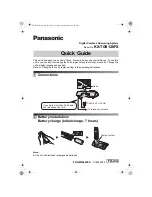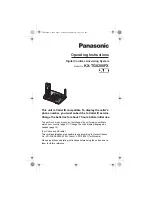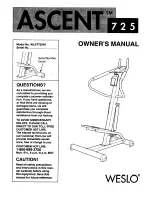
The Joy of Quilting with Your Long-Arm Machine
52
KathyQuilts.com
simply cross them off your list.
Proper Techniques
The goal in creating beautiful quilting designs should be smooth and constant
movement. Eventually you do not want to start and stop all the time to get your design
just perfect but you want to be able to have a continuous flow of quilting from one
side of your quilt to the other when you are creating a fill pattern. As you develop this
continuous flow, the precision and intricate quilting you will be doing will come more
naturally as you skills improve.
• Have good posture – don’t hold up your shoulders or be hunched over
• Relax – try not to tense up
• Smile – quilting with the Block RockiT is fun
Skill-building Designs
When first learning to quilt, we recommend quilting simple, large patterns and then
filling in the space with more detailed designs. Starting out with larger designs will
help set the bounds of where you will quilt the smaller designs, and it can give you
a smaller area to work on within the quilt. As you quilt larger designs, you will gain
better, consistent control over the Block Rockit, which will help you when filling in the
spaces. Stippling (pattern that looks like puzzle pieces) over an entire quilt was a fad for
quilters as machine quilting started to become more popular and has since become
a more outdated design. There are far better designs to learn that will help with your
foundational skills. We suggest continuous loops, stars, hearts, leaves, and swirls as you
begin your free motion quilting. And remember to try variety in your designs. Don’t get
in the habit of quilting the same patterns over and over or you will not have as much
fun when you quilt.
Fill pattern ideas
The following are ideas for fill patterns. These can give you ideas of variations or other
patterns you would like to try.
ECHO:
An echo is a good way to practice following a pattern and keeping your
designs properly spaced out. To “echo” a pattern, set the first stitch a quarter inch
(the width of the hopper foot) away from the edge of the design, then quilt the same














































